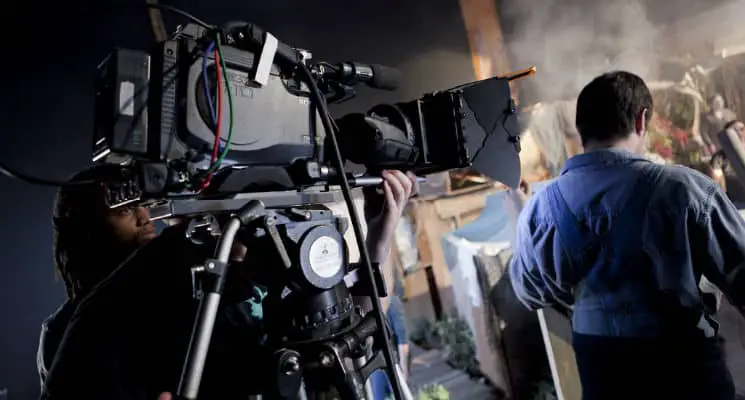The Film Industry Goes Greener!

The Film Industry Goes Greener!
The industries need a severe change in terms of cost and energy management. The greener initiative of using clean energy has now made its way to the creative industry, where it is being introduced in the following ways:
Virtual Production
No need to travel to Italy for a sun-kissed scene between the movie leads! The creative industry has now been adopting the concept of virtual production. If you are unsure what it is, virtual production is exactly as it sounds. It is the combination of tracking the camera in a virtual setting that has been created using powerful graphics. Thus, the Venice scenery is possible right in LA or London studios. However, there are more advantages for adopting VP:
Foremost, it reduces air travel which means less carbon emission. There is still no discovery of clean aviation fuel that is safe for the environment. Furthermore, virtual production has also reduced accommodation expenses. The actors live on the set and are not guests at the hotel, which uses fossil fuels.
The sets are primarily computer-generated and do not require lighting from gas or oil-producing generators. The feature saves carbon from being emitted into the environment. There is also no material waste from virtual production. Solar and wind energy is not suitable for the creative industry. It does not make sense to provide energy for a five-second scene with a separate power source that is relatively expensive in the first place.
Sustainable Production
The creative industry has also been adopting sustainable sets, which are very beneficial to the environment. It prevents energy from initially building the set while promoting social issues and providing employment to numerous individuals.
Furthermore, sustainable sets prevent wasteful extractions of lumber, glass, and steel, which will later fill the landfill once their use is over. This will be a year or so until they are used again. It can cost $400,000 in energy costs alone. It involves transporting the material onto the set using concentrated lights, which undoubtedly increases temperature and emits carbons. The situation does not help anyone.
Renewable Energy
Filmmaking is very costly, with a dominant part of its expenses marked as fueling. The ginormous sets are run on gas or petrol fuels which are very harmful to the environment. The diesel generators consume 11 500 liters of petrol on average. And this is beside the power that assists the set staff and the trailers provided by the utility bidder.
We agree the production team does not carry influence in deciding the power source. However, the firms have shifted to sustainable energy sources such as solar photovoltaics and wind turbines to assist their energy requirements. These are used in additional capacities, so there is still a long way to go!
Going Greener Is Possible
The film crew, management, and the actors are now making a collective effort to build a sustainable and cost-efficient environment to work in. The results are hopeful. However, there is a lot of work to be done before it has been completely revolutionized.
Lucas Noah is a tech-savvy writer with a solid academic foundation, holding a Bachelor of Information Technology (BIT) degree. His expertise in the IT field has paved the way for a flourishing writing career, where he currently contributes to the online presence... Read more


